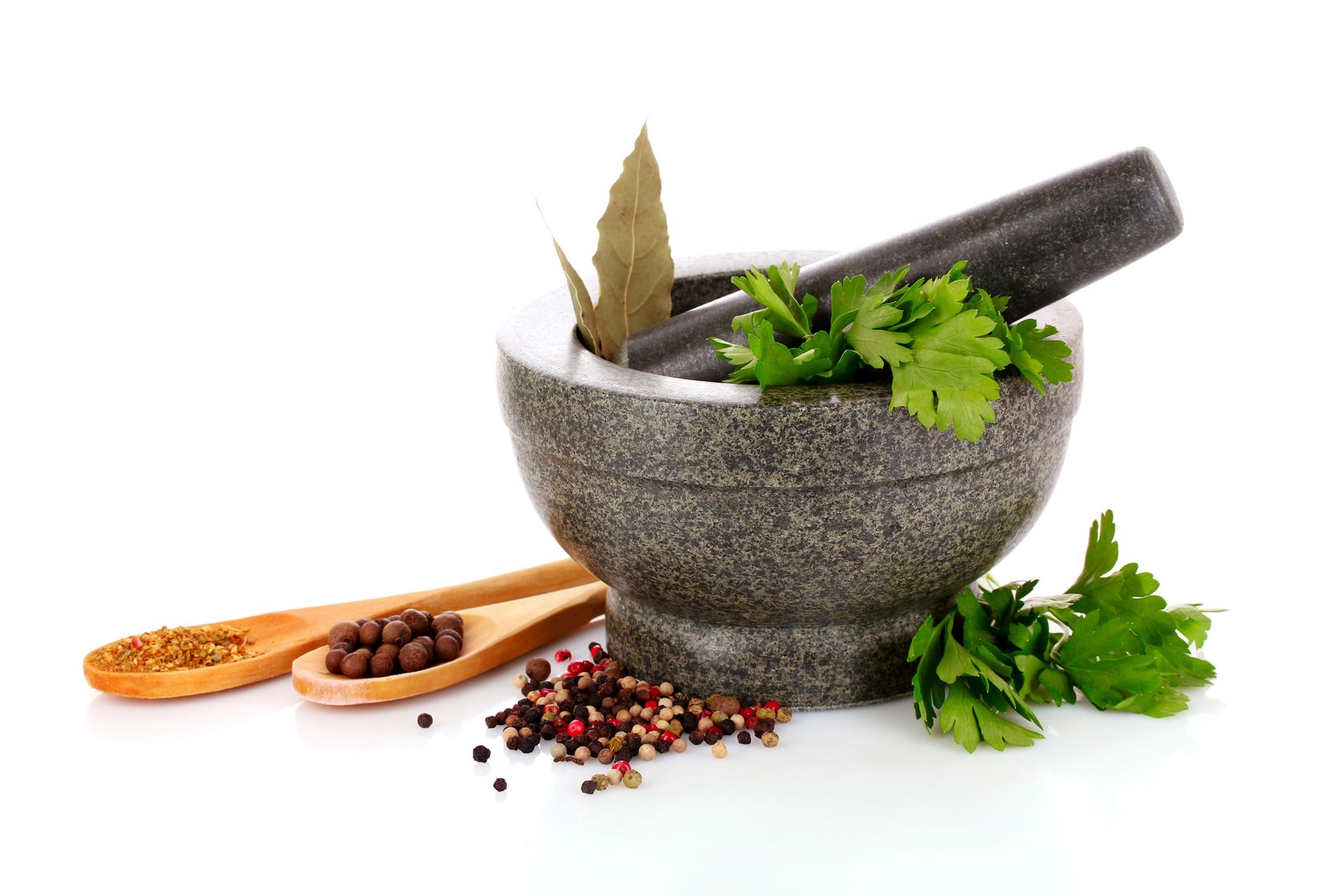
The Globe as we know it, is rapidly shrinking. Mankind’s quests have also taken on new dimensions as technology has taken over most aspects of life. Health, which is something that was taken for granted in the past, is now revered. Contemporary lifestyle takes a heavy toll on health and new maladies are discovered every day and henceforth newer techniques to refresh and rejuvenate ought to be invented. Subsequently there is a trend to revert to our past to correct our future and with this a rediscovery of timeless traditions and thus AYURVEDA.
AYURVEDA = AYU (life) + VEDA (knowledge). The term Ayurveda thus refers to the science of wellbeing and longevity.
Originating before the dawn of recorded history, Vedas are the oldest texts known to human civilisation, passed on to us from time immemorial. The 4 Vedas – Rig, Yajur, Sama and Atharva are stated to be of divine origin, given to mankind through seers of wisdom and thereafter orally passed on through generations, before finally being recorded in writing. Ayurveda is the Upaveda of Atharva Veda.
Vedic wisdom follows Vedic Mathematics and the laws are similar to that of modern quantum physics. Ayurveda therefore is the right approach for holistic assessment of health and disease.This system of medicine was propounded with the sole objective of maintaining a disease-free society for the achievement of the higher ideals of Dharma and Moksha.
According to Ayurveda, the human body is a unique entity, an embodiment of primal elements existing in sublime harmony, a cohesive force. When the balance or equilibrium of the forces within the body is upset, disease occurs. Ayurveda seeks to restore this equilibrium, with natural herbs and a regimen prescribed for healthy living. Ayurveda’s interpretation of health is not the absence of disease, rather, it is the means to achieve a physical, mental and spiritual state of well-being.
The five basic constituents or Panchabhutas (Earth, Water, Fire, Air & Ether) are the common ingredients with which the universe is made up of. Doshas, Dhatus and Malas represent the Bhutas in the body. The process of production, maintenance and destruction are in progress always in the body. Vata, Pitta and Kapha are the three doshas (primary factors) controlling the entire functions of the human body. Vata is the energy of movement, Pitta the energy of digestion or metabolism and Kapha the energy of lubrication and structure. When these doshas are in equilibrium, the individual is healthy and any imbalance causes diseases. Ayurvedic treatment is aimed at correcting the imbalance of the doshas.
The knowledge of causes of disease, the effect of these causes and the effective means (treatment) that relieve the disease are embodied in Ayurveda.
The drug or diet is selected for use on the principles of similarity or dissimilarity. In order to reduce an aggravated Dosha, a drug dissimilar in composition would have to be administered. The selection of drugs for various purposes is done by inference on the basis of their pharmacological properties.
Prevention of diseases through daily & seasonal regimen, diet & exercises and also good conduct are given the utmost importance in Ayurveda.
Ayurveda is classified broadly into eight branches. Kayachikitsa (General medicine), Koumarbhrithya (Paediatrics), Manasikam (Psychiatry), Salakya (ENT & Eye), Salya (General surgery), Agada Thanthram (Toxicology), Rasayana (Geriatrics) and Vajeekarana (Aphrodisiac). Kayachikitsa includes detailed pre and postnatal care for women.
Ayurvedic treatment involves judicious application of herbal medicines, nutritional guidance, exercise therapy, meditation and other special purification and rejuvenation therapies. However, a personal healing experience is the only testimony to an Ayurveda imbibed transformation of our life.
Benefits of Ayurveda extend beyond just immediate relief. Treatment is customized and integrates the age-old traditions and methods into daily routine (Dinacharya) and seasonal routine (Rituchariya) to cure and prevent recurrence of the disorder.
Due to the fact that Ayurveda treats every individual based on his or her mental and physical make up as well as condition, first an assessment of the constitution or Prakrithi is made, which will help to plan the treatment for re-establishing the balance. Prakrithi is the natural thridosha constitution of the body that results from the predominance of the Doshas right from the conception of an individual. Based on the permutations and combinations of the three Doshas, there are seven types of constitutions possible – Vata, Pitta, Kapha, Vata Pitta, Vata Kapha, Pitta Kapha, Sannipata or Sama Prakriti.
Click here to check out our online assessment of your Prakrithi
A single Dosha constitution in an individual is seldom found, whilst a balanced constitution, which is extremely beneficial, is also rarely found.

